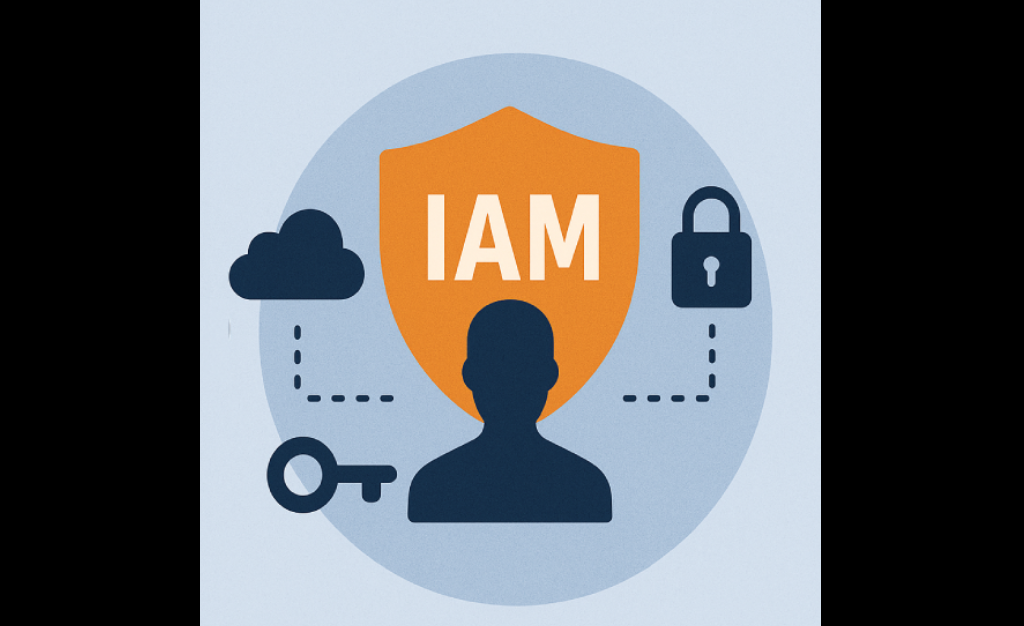If you’re getting into cloud computing with AWS, one of the most important — and often most misunderstood — concepts is IAM, short for Identity and Access Management.
Whether you’re a developer, DevOps engineer, or a curious beginner, this post will help you understand what IAM is, why it’s critical, and how to use it securely in your AWS projects.
What is IAM?
IAM (Identity and Access Management) is the gatekeeper of AWS. It controls:
Who can log in to your AWS account
What they can do (read, write, delete, etc.)
Which resources they can access (S3, EC2, DynamoDB, etc.)
Think of it as your cloud security team, working 24/7.
Why IAM Matters
AWS is incredibly powerful — but with great power comes great responsibility. Without IAM, anyone with access to your account could:
Delete your S3 buckets
Expose sensitive data
Run up huge bills by launching expensive services
IAM helps you avoid these nightmares by giving you fine-grained control over access.
IAM Concepts You Must Know
| Concept | What It Means |
|---|---|
| User | A person or system that needs access (e.g., a developer or CI tool) |
| Group | A collection of users (e.g., all Devs in a “Developers” group) |
| Role | Temporary access for apps or services (e.g., Lambda, EC2, Strapi) |
| Policy | A set of rules (in JSON) that define what can be done and where |
Example: A Simple Policy
This IAM policy allows read-only access to a specific S3 bucket:
{
"Version": "2012-10-17",
"Statement": [{
"Effect": "Allow",
"Action": ["s3:GetObject"],
"Resource": "arn:aws:s3:::my-app-assets/*"
}]
}
This means:
“You can read any file inside the
my-app-assetsbucket — but you can’t upload or delete anything.”
IAM Best Practices for Beginners
| Practice | Why It Matters |
|---|---|
| Use IAM Users | Don’t use the root AWS account |
| Group Users | Easier permission management |
| Apply Least Privilege | Only give the permissions needed |
| Use Roles for Apps | Never hardcode credentials |
| Use IAM Policy Simulator | Test what a user or role can do |
| Rotate Access Keys Regularly | Helps prevent abuse if leaked |
Tools to Help You with IAM
AWS Console (Web UI)
AWS CLI (Command Line)
IAM Policy Generator – https://awspolicygen.s3.amazonaws.com/policygen.html
IAM Access Analyzer – Checks for public or cross-account access
IAM Policy Simulator – Simulates what a policy allows
Conclusion
IAM may feel intimidating at first, but it’s one of the most critical skills you can learn in AWS. As your cloud projects grow, so does the importance of security, visibility, and control.
Start small: create users, apply policies, and gradually master the power of IAM.
You’ll thank yourself later and so will your cloud bill.
Related reads:
- How to Set Up an S3 Bucket on AWS (Best Practices for Beginners)
- How to Set Up AWS CLI and IAM for S3 Bucket Access (Beginner-Friendly Guide)
- How to Show Some Files from a Private S3 Bucket — While Keeping Others Hidden
External resources:
